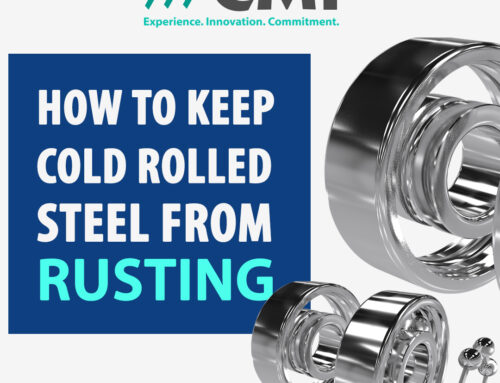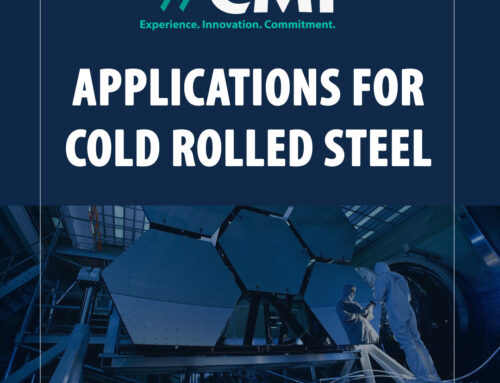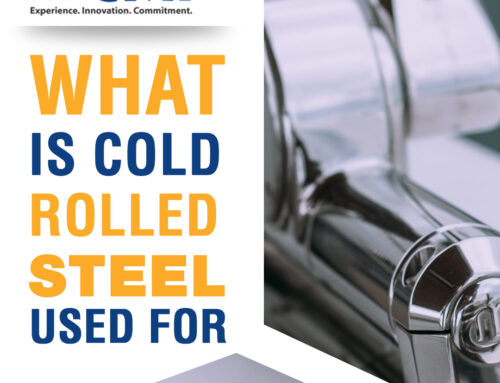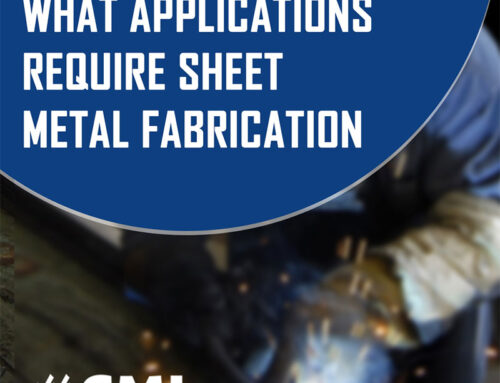
A sheet metal brake is a machine that bends metal sheets into desired shapes and sizes.
The machine works by clamping the metal sheet between two dies shaped to produce the desired bend. The dies are then brought together at high speed, forcing the sheet to bend and form around them. This process is called ‘braking’. Sheet brakes can be used for a wide variety of purposes, from bending simple shapes such as circles and squares or more complicated shapes such as radiators or turbine blades
.
A brake, despite its name, is not a brake like you might think. They may all be used to make bends in metal (in some manner or another), but brakes vary a bit. Some brakes only allow for creases and folds at the edges of a sheet of metal, while others allow for more complex forms and bends. We’ll look at some forms of prevalent sheet metal brakes later.
Why Are They Called Sheet Metal Brakes?

But why is it called a sheet metal brake? Many people ask if a “brake” doesn’t mean “brake”, then why use it. If you think about it, the word “brake” can mean a host of things, such as a break in light, which is only a deflection. That’s where this term came from. Brake, in this case, means to deflect, shift direction, or bend.
When drawing back the bow string to discharge an arrow, you could also “break.” You could even break a light beam by deflecting it using a mirror. These are examples of how “brake” is meant in this case. While the name is a little confusing, it is a sheet metal bender at the end of the day. But, there are different types of sheet metal brakes as well. Let’s take a look at the different types now.
Types of Sheet Metal Brakes

There are many different types of sheet metal brakes, such as:
- Hand Brakes
- Brake for sheet metal
- Cornice Brakes
- Box Brake
- Pan Brakes
- Press Brake (Hydraulic press brake and horizontal press brakes)
- Bar Folder
- Hydraulic Brake
- Electric Brake
- More
Hand Brakes
Hand brakes make varying degrees of tight straight bends in sheet metal. In sheet metal manufacturing, two hand brakes are commonly used to make bends. A sheet metal brake and a box and pan brake. However, there are a few others, which we will discuss later. They are all meant to bend sheet metal and have comparable parts. However, they are drastically different in terms of the type and number of bends they can perform.
Hand brakes are tough and capable equipment, but they are prone to wear, as is any equipment with moving parts. The typical elements that wear and produce problems during operation are the clamping die, pivot pins, and bending leaf.
Greasing the clamping and bending leaf pivot pins regularly will keep the pins from becoming loose due to friction wear. Another critical step is to ensure that all bolts and tension springs are correctly tightened. This keeps the hand brake free, and the sheet metal bends tight.
Cornice Brakes
Cornice brakes are intended to bend and fold massive sheets of metal. However, they are often only useful for making simple bends. A cornice brake is used to fasten a sheet of metal to a stationary, flat surface and hold it in place with a clamping bar. The metal sheet can then be handled in this way by using a bending leaf. This presses the sheet over the clamping bar and shapes it. The types and nature of the bends that are generated are somewhat limited. But, this brake is a great approach for making precise bends when working at the edges of sheet metal panels.
Box and Pan Brake
Box and pan brake (also known as a sheet metal finger brake): A box and pan brake is a form of metal brake also known as a finger brake. These brakes enable the development of more intricate bends and shapes (boxes and pans) that would be impossible to achieve with a straight brake or a cornice brake with limited capability. These devices have manipulable “fingers” that may be manipulated to change the form of the device’s box and pan bending.
Complex folds and shapes in mild steel and other metal sheets, including but not limited to boxes and stepped designs, can be formed using a box and pan brake. A box and pan brake are far more adaptable than other cornice brakes for any job requiring more intricate bends.
Press Brake
In addition to cornice and box and pan (finger) brakes, press brakes are also sheet metal brakes. They can also be far more sophisticated than the other brakes, allowing them to form equally elaborate or complex metal shapes.
Press brakes employ a punch and die to create desired metal shapes or bends. The devices differ, but the punch may be operated by mechanical, hydraulic, or pneumatic presses. There are different dies used for the different bends:
Curling dies (for making curved bends)
Hemming dies (for accurate folds at the ends of seams and sheets that are close to seams)
V dies (for creating simple bends)
90-degree dies (for making right-angled bends)
Bar Folder
The bar folder is intended for folding wired edges, seams, flanges, and tiny hems. Most bar folders can accommodate metal up to 22 gauge thick and 42 inches deep. Before utilizing the bar folder, numerous modifications must be made for the fold angle, sharpness, and material thickness. The bar folder bends at 45° and 90° angles using two positive stops.
Let’s take a look at how a bar folder works.
A collar is provided that can be changed to any degree of bend within the machine’s capabilities. The operator will pull the operational handle toward the body while holding the metal firmly against the gauge as the handle is moved forward. The jaw lifts and holds the metal until the required fold is achieved.
How Sheet Metal Brakes Work

Because of the strength and complexity of the dies that may be used with press brakes, specific cutting tools, including box and pan brakes, are far more helpful than ordinary cornice brakes.
Most bending brakes, even the most basic cornice brakes, are valuable because of their mechanical advantage and ability to quickly and efficiently manufacture shapes, seams, and bends in large quantities of sheet metal. It is also known as a sheet metal folder.
That power and agility, however, come at a cost. Brakes are massive, heavy, (mainly) immovable equipment that cannot be moved easily between locations. They are powerful and effective but not incredibly portable or convenient. That’s why these bends are often done within a facility, not in the field.
What Can a Brake Be Used For?
A bend brake for metal bending has practically limitless applications. They are used in many industries, including agriculture, aviation, automotive, and transportation. Here is a short list of potential products built with various types of brakes.
- Custom metal flashing
- HVAC ducts
- Fascia boards
- Soffits (vents)
- Drip edges
- Gutters
Types of Sheets and How They Affect the Use of the Brake Press
Many types of sheets affect the use of a brake press. The type of material and thickness determines the type of sheet. Let’s take a closer look at some of these sheets and their brake options:
1) Coils: These are typically thin and flexible. They can be cut to any length or shape and then fed into the brake press with a set-up called a winder.
2) Sheet metal: The sheet metal is often thicker than coils and is not flexible. The sheet metal must be cut to size before being fed into the brake press.
3) Thin Metal Sheets: Thin metal sheets are often used in an environment with high production demand, like an automobile factory, because they require less set-up time than coils or sheet metal.
What type of brake will be used will be determined by the type of bend you are looking for and the bend material. You shouldn’t attempt this on your own but should work with professionals to come up with a solution for your desired result.






![Ballistic Materials: All You Need To Know [2022]](https://custommaterials.com/wp-content/uploads/2022/05/featured-image-Balistic-Materials-500x383.jpg?x26279)